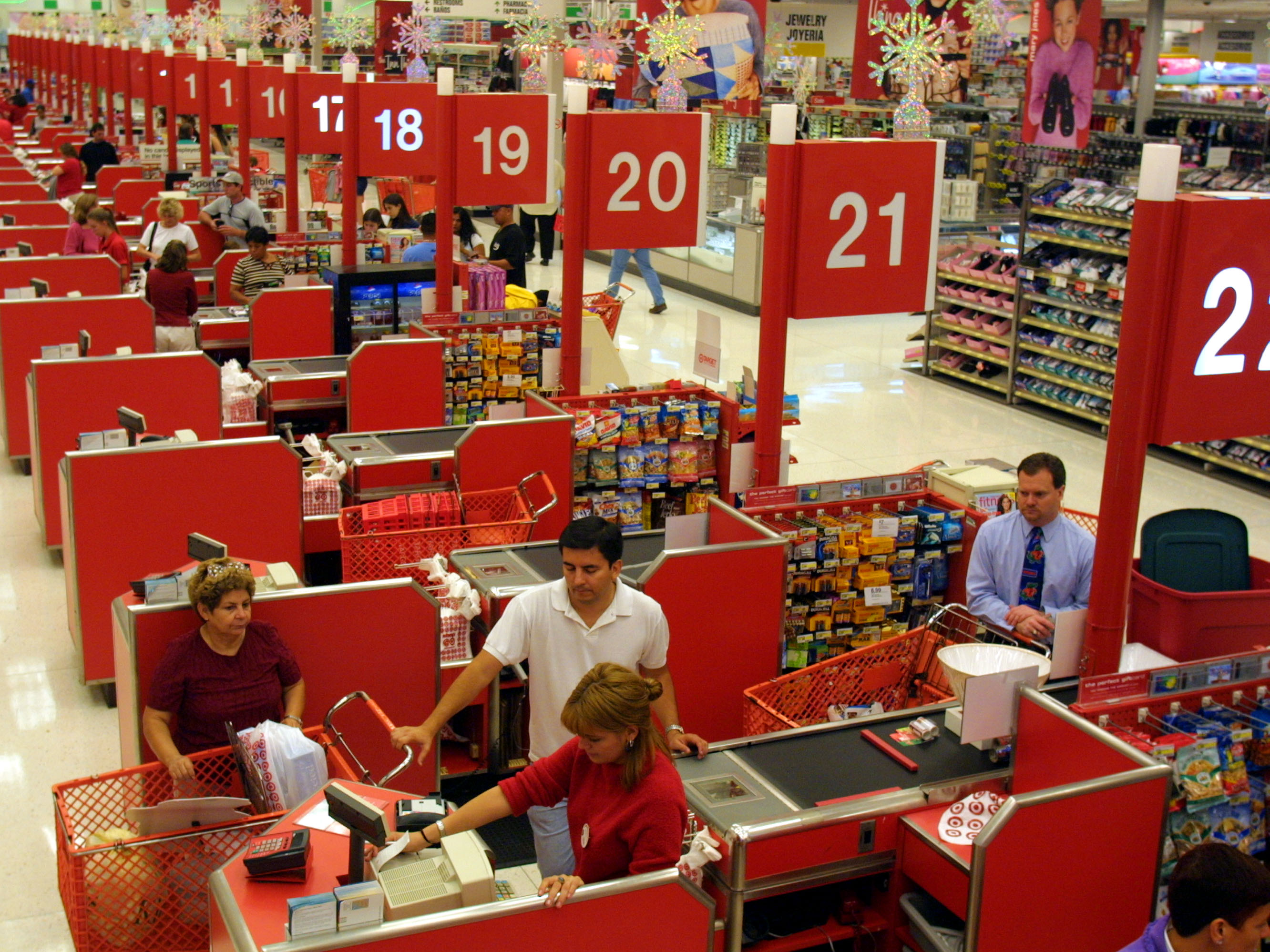- Target started as a department store in Minneapolis and stayed a regional chain for years.
- In the ’60s and ’70s, the company became a popular national retailer.
- From clothing to home goods, Target has always been a staple of great merchandise and great business.
Target is known for its wide array of merchandise, cheap prices, and recognizable red color scheme.
But many don’t know that the popular retailer actually got its start in 1902 and stayed a regional chain for over 50 years. Today, it is one of the most popular retailers in the country.
Keep reading to find out more about Target’s history and how it came to be the powerhouse retailer it is today.
In 1902, George Draper Dayton opened the Dayton Dry Goods Company, a department store in Minneapolis.

The Dayton Dry Goods Company was the fourth largest department store in Minneapolis. The store quickly became known for its great merchandise and great business.
The Dayton Company opened its second location in 1954 in Rochester, Minnesota.

Throughout the first half of the century, the company built a name for itself. Since 1946, it has given 5% of its income back to the community.
The Dayton Company moved to the suburbs with a store at the Southdale Mall in 1956.

The Southdale shopping mall was the first enclosed shopping center in the country, and Dayton's was at the forefront. Over the next 20 years, the company would expand to three more malls within the Minneapolis area.
In the 1960s, the Dayton Company officially became Target, opening stores in Roseville, Minnesota.

Dayton president Douglas J. Dayton said the new stores would "combine the best of the fashion world with the best of the discount world, a quality store with quality merchandise at discount prices, and a discount supermarket ... 75 departments in all."
Target's new name and logo would become the symbol for the company's mission.

"As a marksman's goal is to hit the center bulls-eye, the new store would do much the same in terms of retail goods, services, commitment to the community, price, value and overall experience," the director of publicity Steward K. Widdess said.
From the start, Target was designed to be a fun and exciting place to shop.

At the time, Target described itself as "a store you can be proud to shop in, a store you can have confidence in, a store that is fun to shop and exciting to visit."
In 1966, Target opened a store in Denver — its first store outside of Minnesota.

At the tail end of the '60s, Target was making a transition from a regional retailer to a national one. By the end of the decade, the company had expanded to St. Louis, Dallas, and Houston.
In 1979, the store celebrated its first year of $1 billion in sales.

That year, Target introduced the Billion Dollar Sale to thank its customers for the year of growth.
From a few stores in Minnesota to over 1,000 around the US, Target has found its target customer.

Target's typical customer is around 40 years old, makes about $64,000 per year, and 43% of them have children at home.
Throughout the years, Target has always been a place to shop for everything at a discounted price.

While the store is known for its prices, it's also known for its modern approach to shopping. In 1974, the company developed a unique design in placing merchandise - known as planograms. These designs help customers find products easier with a more presentable display.
Target has also always been a popular location to buy clothing.

Now, Target offers clothing for women, men, and children - including bathing suits, underwear, and shoes.
At Target, you could even purchase plants.

Today, Target sells a wide variety of products from home goods to clothing. They still sell plants today, which range from $8 to $150.
From the beginning, Target has also been the place to go for designer products.

Michael Graves, an architect and designer, was one of the first professionals to create a product line to sell to the everyday consumer. Today, you can buy products from Rachael Ray, Martha Stewart, and Nate Berkus.
Meanwhile, the checkout and returns lines have always been crowded with customers.

Target is no stranger to crowds. With 1,845 stores, 350,000 employees, and a free return policy, most stores are packed with customers.
Target is quintessentially American, even making it the perfect stop for a president to connect with his voters.

In 2001, President George W. Bush visited a Target in Kansas City to connect with locals in the Midwest because so many Americans love Target.

